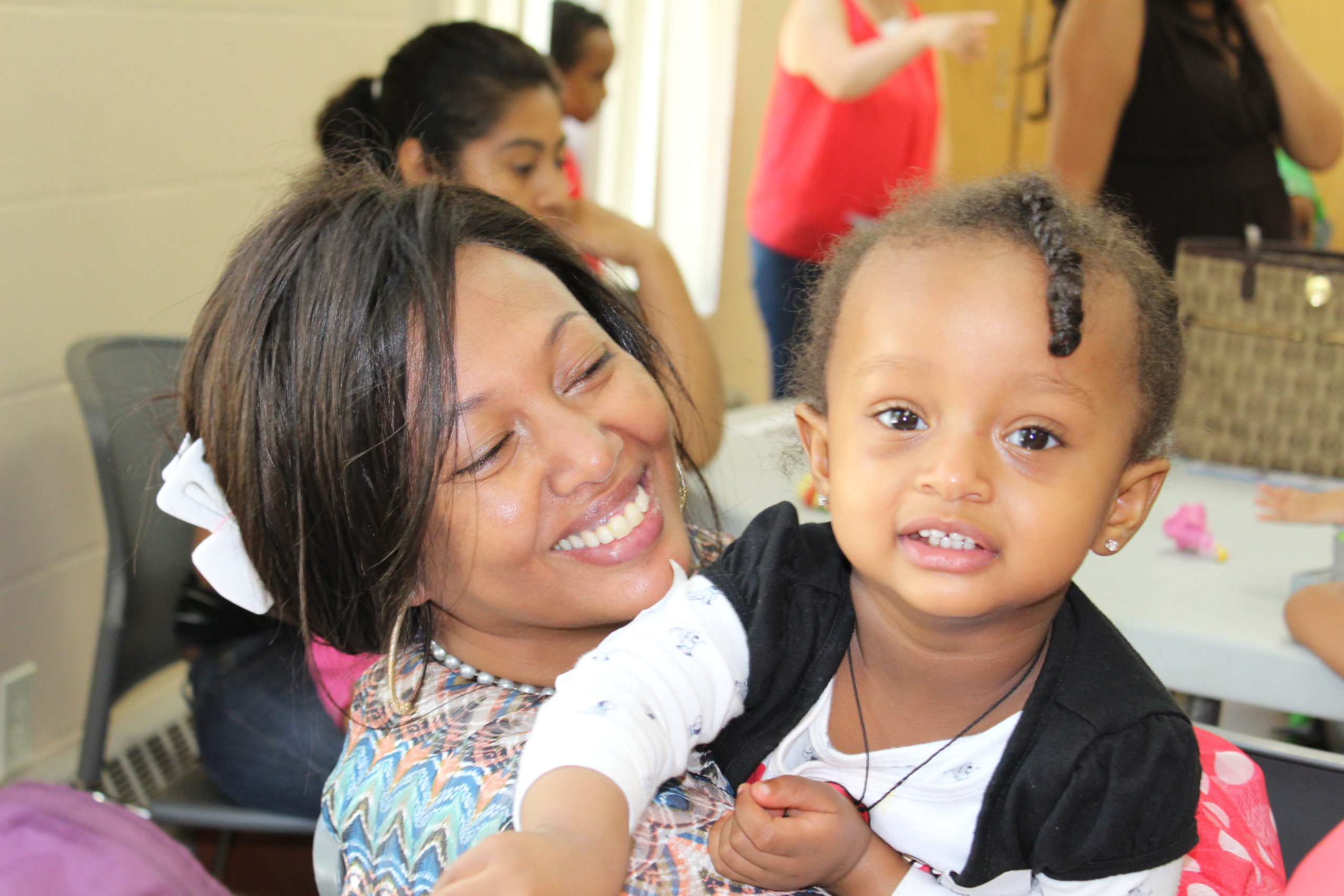The goal of our programming is simple: to help every child succeed in school and life by providing a high-quality educational experience for the entire family.
At Way to Grow, feeling welcomed and supported doesn’t stop with our family educators who build deep and trusted relationships with families through home visits. We also work to provide space for positive human interactions, forming a community of Way to Grow families.
In addition to our hallmark home visits and fun family events, we also strengthen families through our parent-child classes. In recent years, our successful parent-child classes have invited parents into the classroom to learn alongside their children at our south preschool.
This past September, we were excited to expand these classes to our north side preschool. The activities are a great way to increase parent engagement, bridge the home-to-school connection, and provide parents with activities they can do at home to further support their child’s development. Not only do children do better in school when their parents are more actively involved, but parents develop a deeper understanding of early childhood education and the importance of being a teacher and advocate for their child.
Parent-child classes serve as not only a wonderful learning opportunity for parents and children, but also build a greater sense of community among our families. “A natural support system develops among parents of varying backgrounds throughout the year,” Ashley Saupp, lead teacher at Preschool P.A.L.S. says. “We see them carpooling, giving one another a hand in the classroom, tending to one another’s children, sharing resources, and providing one another with helpful advice.”
Belonging to an inclusive community inspires parents to be more engaged in their child’s education and supports them as they navigate the K-12 school system.



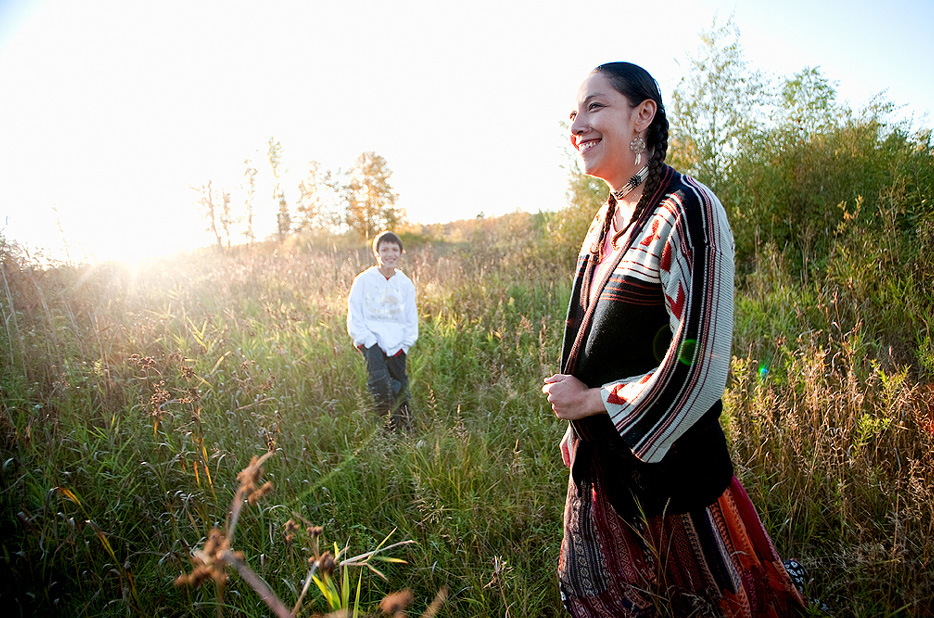
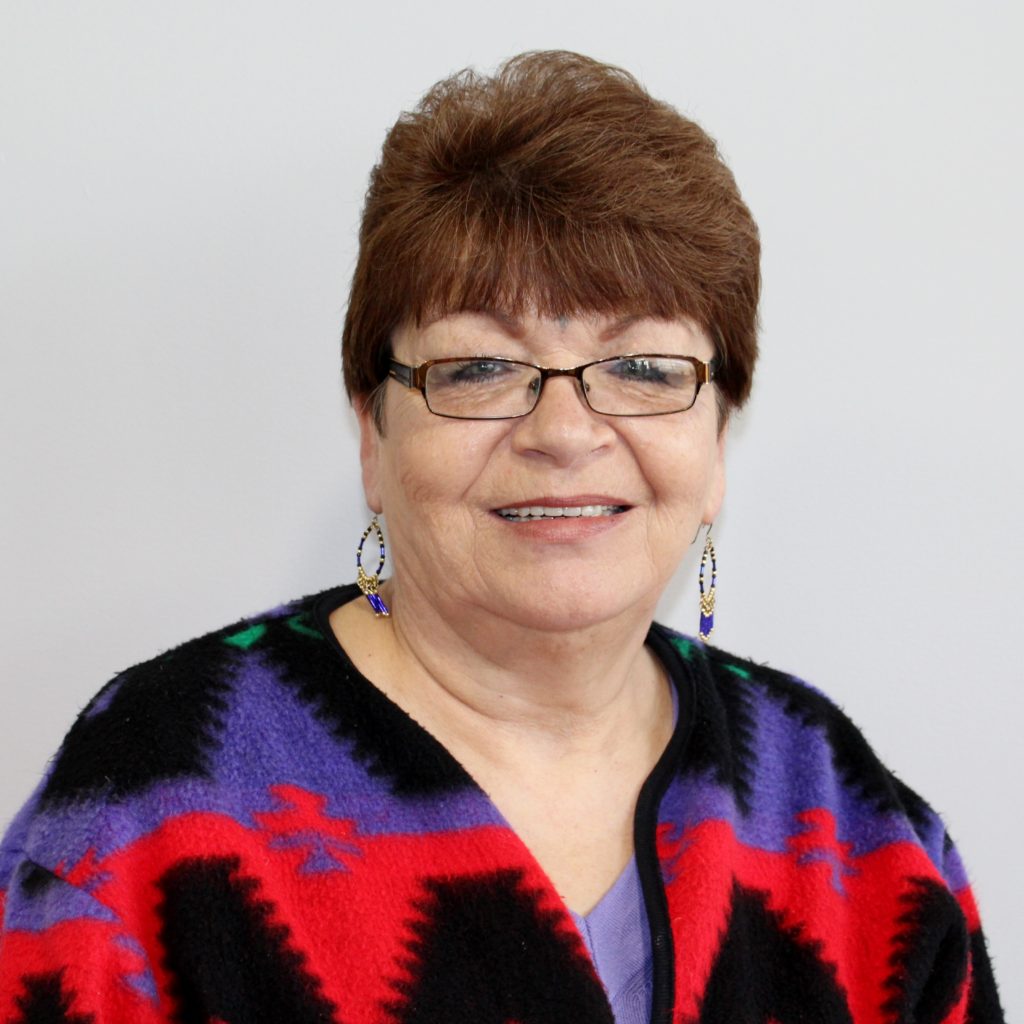 Alison Dakota is a Way to Grow Family Educator. She currently works in Minneapolis providing family support and home visiting services to 30 families, 25 of which identify as Native American.
Alison Dakota is a Way to Grow Family Educator. She currently works in Minneapolis providing family support and home visiting services to 30 families, 25 of which identify as Native American.

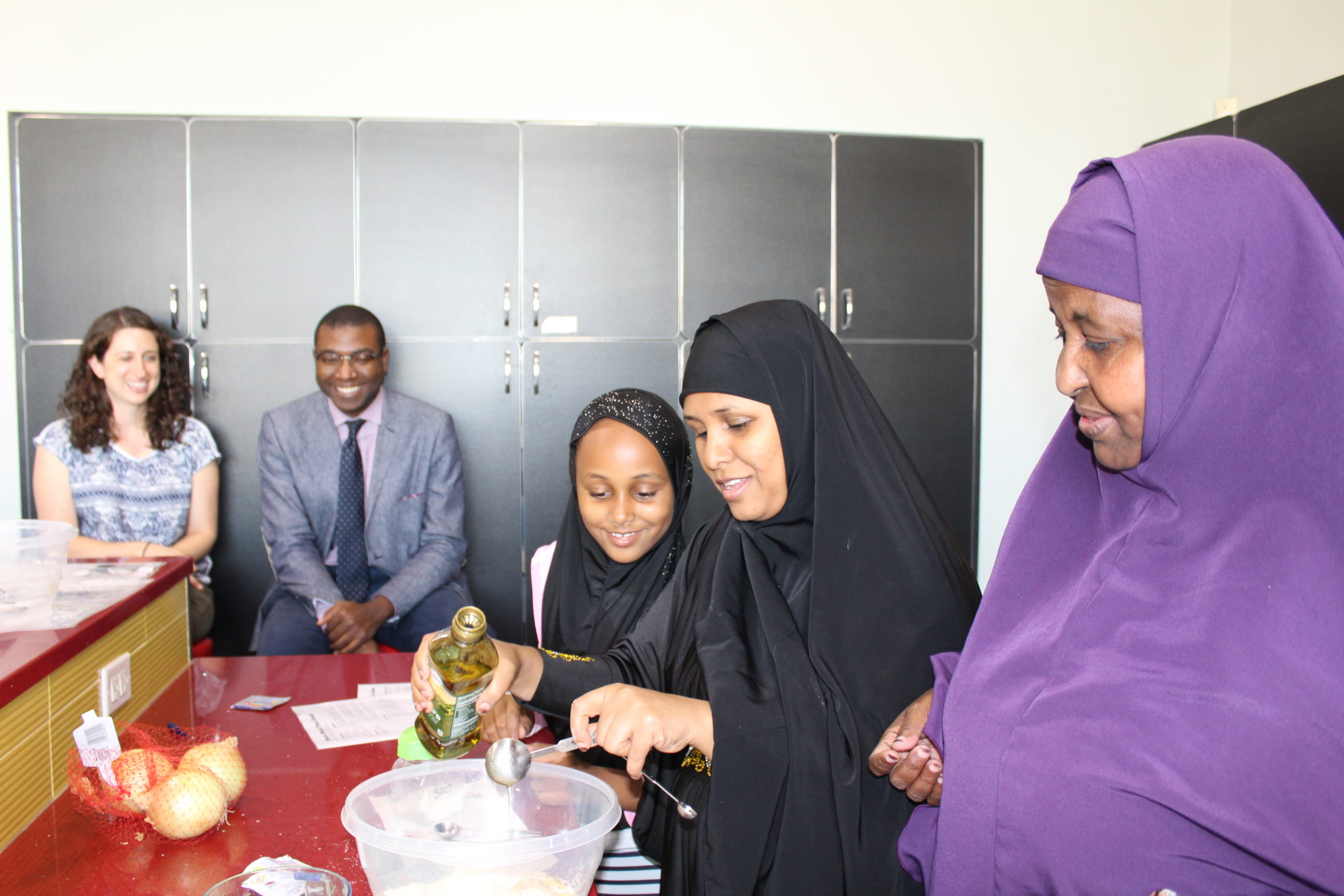
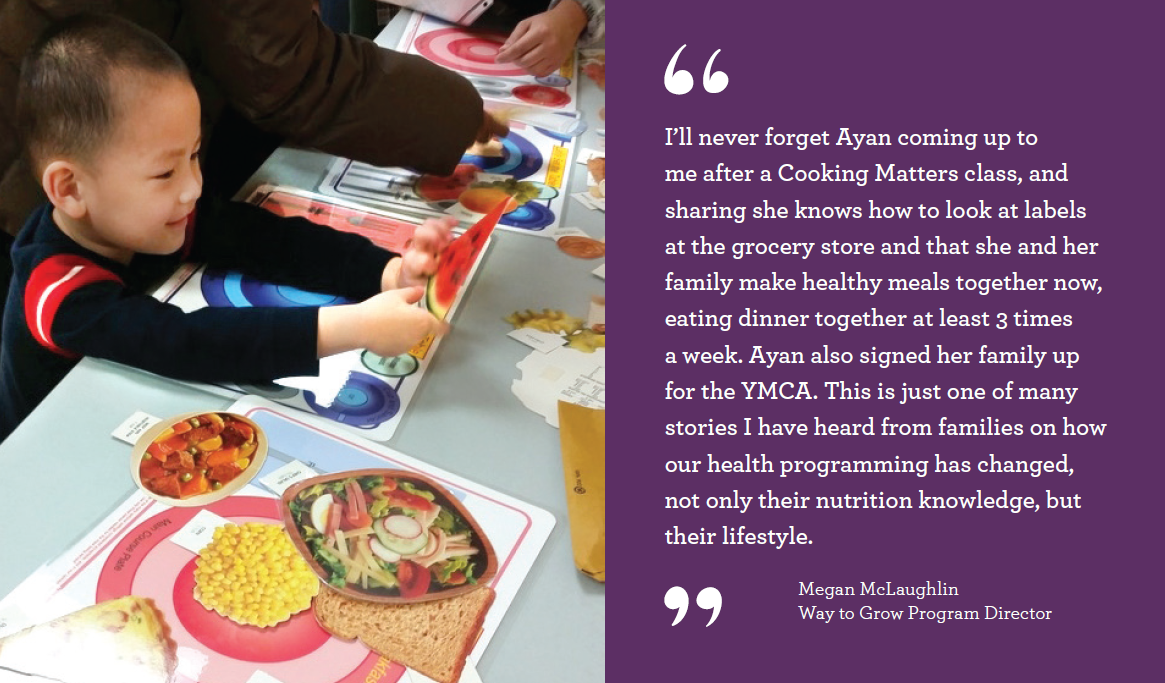 Last year, our health and nutrition program reached all 739 Way to Grow families. Results from our home visit nutrition education surveys found 97% parents reported increased access to healthy foods and 92% of parents indicated increased nutrition knowledge. In addition, parents say they are making reductions in the amount of sugars and salt in their children’s diets and are increasing the amount of daily walking and movement with their children.
Last year, our health and nutrition program reached all 739 Way to Grow families. Results from our home visit nutrition education surveys found 97% parents reported increased access to healthy foods and 92% of parents indicated increased nutrition knowledge. In addition, parents say they are making reductions in the amount of sugars and salt in their children’s diets and are increasing the amount of daily walking and movement with their children.